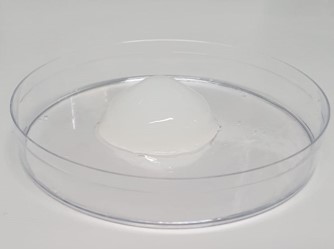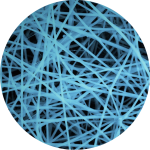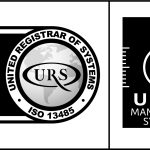
ProColl Research Grade Collagen Gelling Protocol – Genipin Cross linker
Often the application of collagen requires the production of a structure that is mechanically robust.
This can be achieved through a process of cross-linking functional groups on the collagen
molecules. When using acid soluble collagen, the collagen molecules become insoluble and
aggregates to form a gel when the pH is increased. However, this is a weak gel and often requires
chemical cross-linking to produce a stiffer gel that is better suited to the cell growth application.
There are a number of chemical cross-linking methods that can be used to strengthen collagen gels
which include glutaraldehyde, genipin, EDC (1-Ethyl-3-(3-dimethylaminopropyl) carbodiimide,
dialdehyde starch and chitosan. The cross-linker favoured by many working in regenerative
medicine laboratories is genipin. Genipin is a naturally occurring crosslinking agent, obtained from
Geniposide which is present in gardenia fruits (Gardenia jasminoides). This compound does not
suffer from toxicity issues as with other commonly used cross-linking agents and is reported to have
antimicrobial, antitumor and anti-inflammatory properties. When it interacts with the amino acids of
collagen it produces dark blue pigments, helpfully identifying when the cross linking has occurred.
Read the whitepaper here: Mobile users click the link below.
ProColl - Collagen Gelation Protocol
To discuss the purchase, bulk or OEM supply of any of our high performing animal or animal-free collagen products, or for more information, get in contact through the form below.
We’re available to discuss your requirements any time
Get in touch using the form below and we’ll be in touch soon



